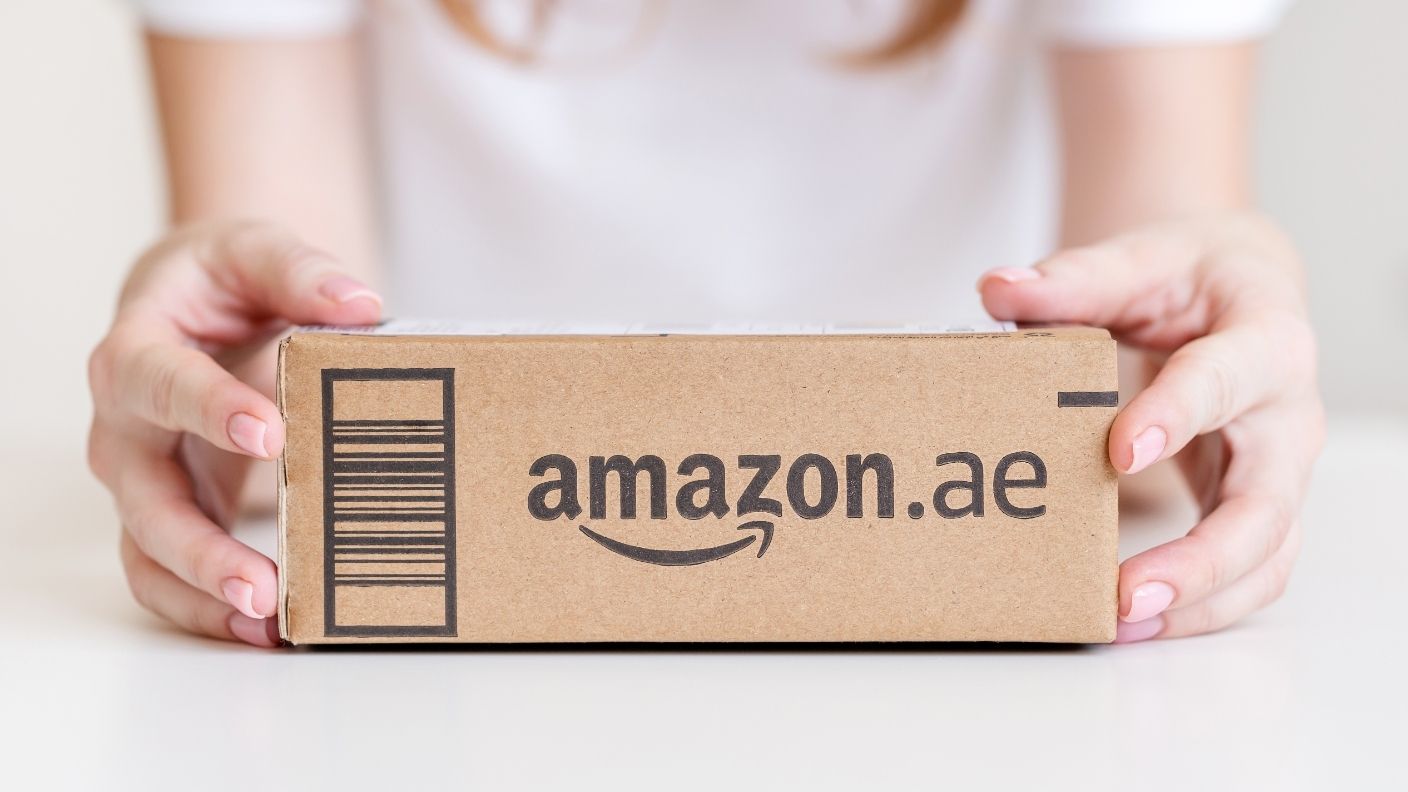

The global impact of the COVID-19 pandemic has brought about multiple changes in the behaviour and profile of eCommerce customers. From January last year to the present day, a number of existing trends have taken hold and new online shopping habits have been established, giving rise to the new ‘2021 consumer’. These changes are also framed by the context of the exponential growth of eCommerce due to the health and social restrictions. Based on this scenario, we at Minderest will explain the trends affecting customers in 2021 to help eCommerce businesses adapt their pricing strategies and marketing to this new normal and achieve maximum profitability.
1. The 2021 consumer wants to be moved
The campaigns that are currently proving to be the most effective are those that appeal to users’ emotions, evoking different eras or years before the crisis that currently surrounds us. So, messages based on empathising with the customer, who has been suffering from the consequences of COVID-19 for a year, are those that will help capture leads.
2. They put a greater emphasis on savings
According to different studies, the 2021 consumer is more willing to save than in previous periods. Even though they make most of their purchases online, it’s more difficult for them to decide to buy new products or services, mainly because of the uncertainty caused by the pandemic. This is why setting appropriate prices will be key for their conversion.
3. They make their eCommerce purchases via mobile devices
Mobile devices represent the most widely used medium for eCommerce shopping in 2021. Companies that have their own applications or that sell their products through a marketplace with an app will benefit the most from this trend.
4. They’re an omnichannel customer
These new consumers have a presence on and search for product information on multiple communities and platforms, from Google to specific marketplaces for certain sectors, such as Etsy. At the same time, the use of tools for remote work and long-distance communication has increased. This offers eCommerce businesses an opportunity to design new inbound marketing strategies.

5. Streaming platforms form part of their daily lives
The number of subscriptions to streaming platforms hasn’t stopped rising since the pandemic began. Netflix and Spotify hold the top spots in subscriptions, each in their own sector. These new platforms give eCommerce businesses the chance to try out new advertising formats and reach specific audiences.
6. They use social networks extensively
While it’s undeniable that social networks already formed part of the daily routine of the majority of consumers, the impact of the pandemic has transformed them into an essential communication space where users can share interesting content and keep in touch with relatives, friends, and businesses.
7. They value immediacy and personalised care
Another distinctive trait of the 2021 consumer is that they’re looking to find people behind eCommerce customer service, not bots. They want professionals to deal with their incidents and requests efficiently and quickly. Social networks can even be used for this.
8. They buy products that are available immediately
The impossibility of leaving their homes or even their neighbourhoods has encouraged today’s users to buy those products that can be delivered in the shortest possible period of time. Despite the fact that the clear winner in this respect is Amazon, many eCommerce businesses have updated their logistics to provide faster and more efficient service.
9. They’re sustainable consumers
While this doesn’t apply to all eCommerce users yet, increasingly more consumers are choosing sustainable or environmentally conscious brands, businesses that can guarantee a smaller carbon footprint in the production and transport of their goods. There’s also a growing awareness among users regarding the use of plastic.
10. They buy local products
This final characteristic is in line with the importance that the speed of delivery and caring for the environment have acquired. This is why a greater percentage of users are now opting for local businesses, even online, as a way of contributing to their neighbourhood or city in light of the consequences of the spread of COVID-19.
By being aware of these new features that will characterise consumers in 2021, you’ll be able to adapt your eCommerce and increase your profit margin—all of this while never forgetting the importance of properly optimising your website and communication channels and monitoring your competition’s activity to offer competitive prices.
Find out how Minderest can take your business to the next level.
Contact our pricing experts to see the platform in action.
Related Articles

How to scrape Google Shopping for prices Updated guide
In the fast-paced eCommerce world, where prices can fluctuate in real time, it’s crucial to be able to make strategic decisions. Monitoring competitors’ prices in Google Shopping is not merely...
Reference or Strike-Through Pricing on Amazon: How to monitor sellers on this marketplace
It’s imperative to monitor the movements of all the sellers vying for your piece of the pie - and those selling your products - to maintain competitiveness in a market as crowded and competitive as...